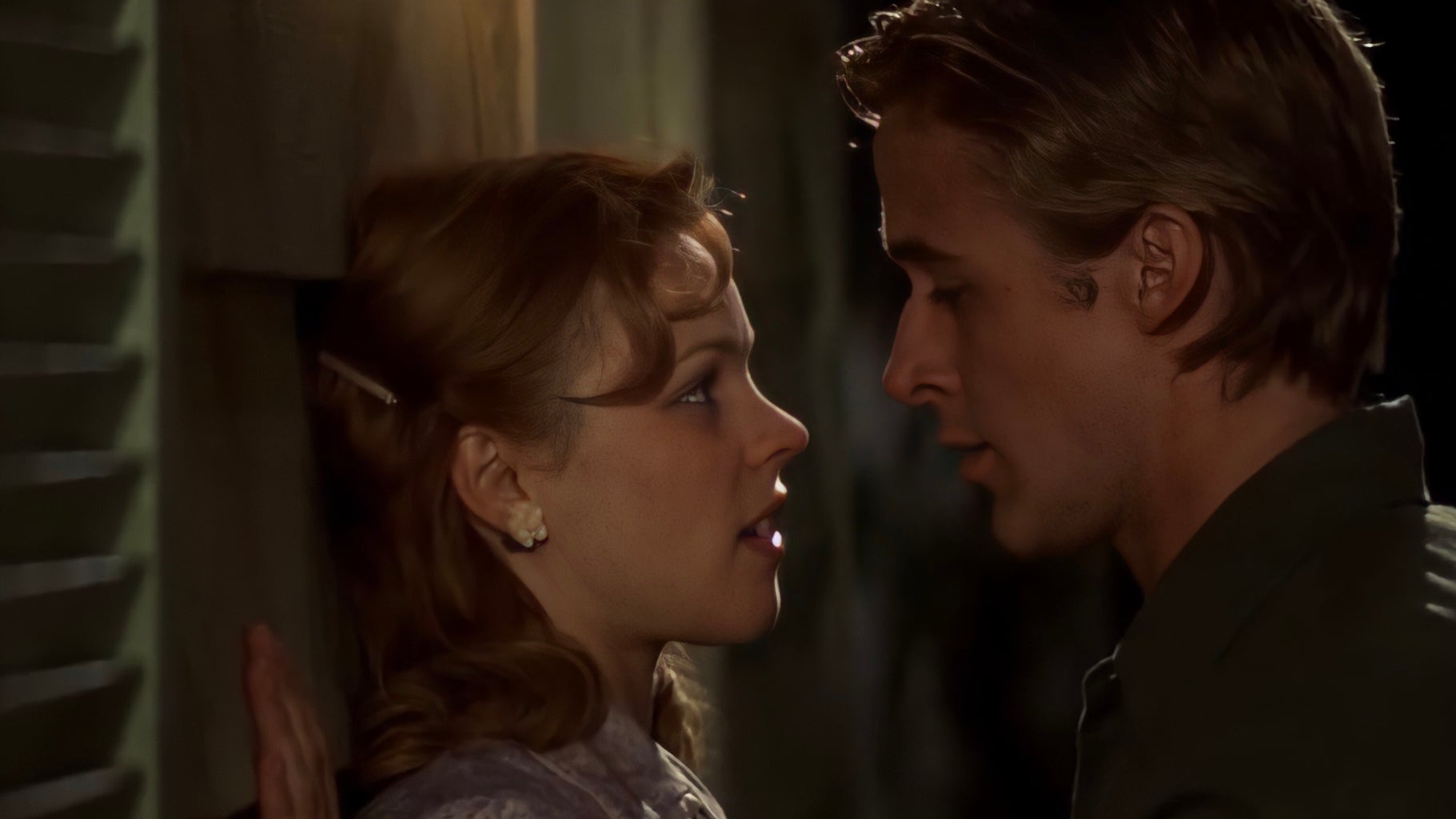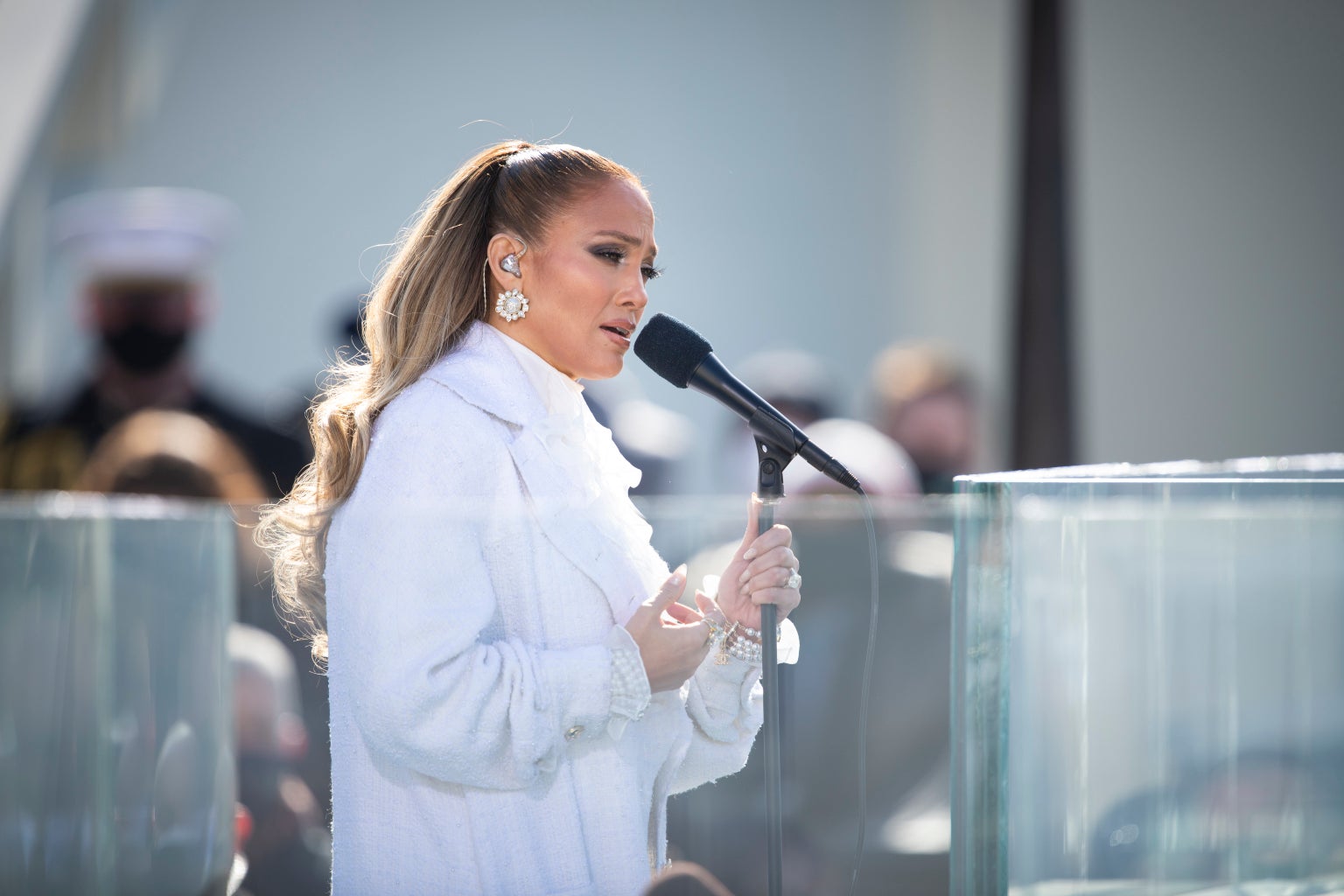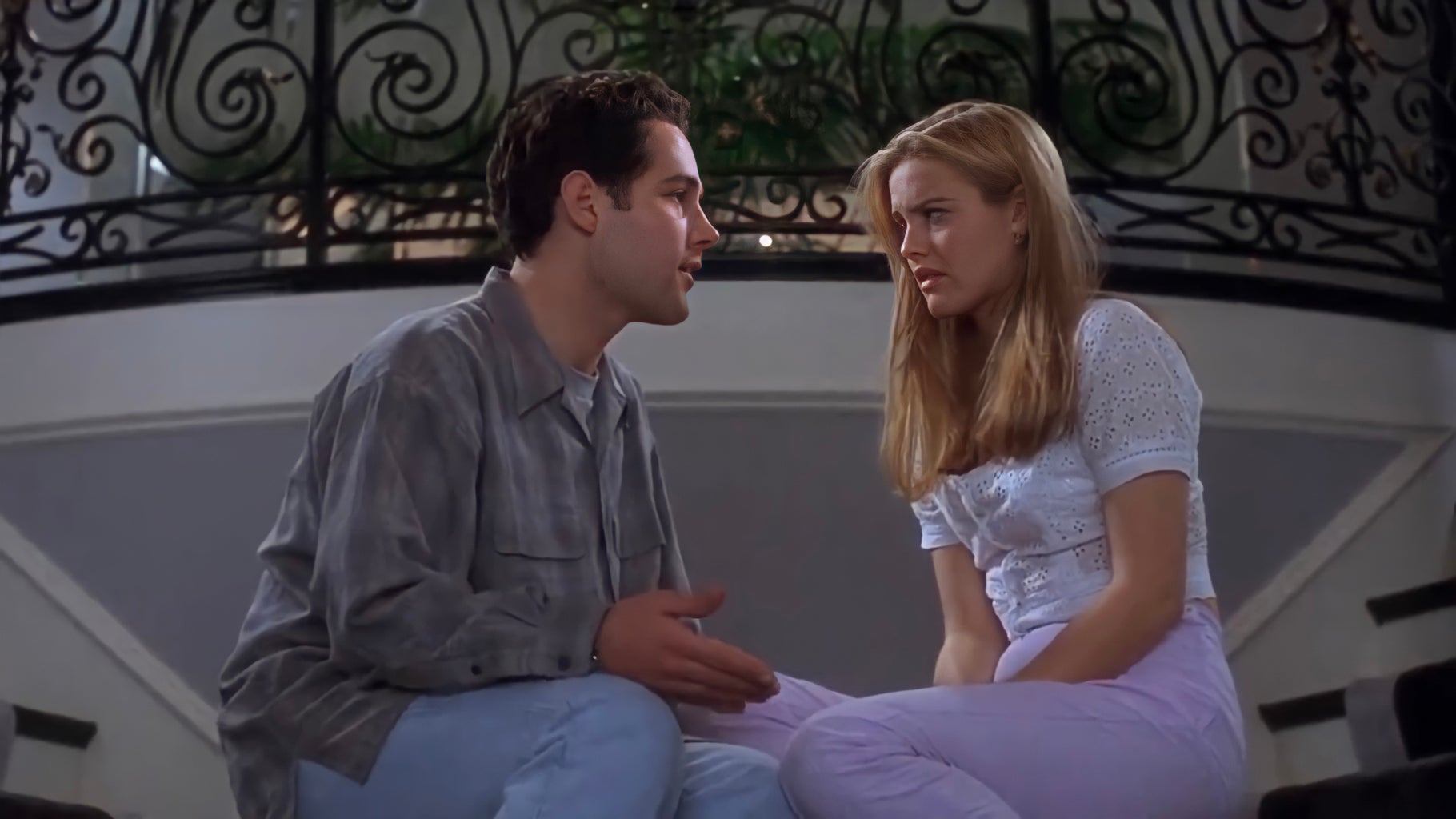When the pandemic first became as widespread as it is currently and we were strictly confined to our houses, binging shows and movies became one of the only ways to have fun. To be honest, I don’t consider myself much of a movie person and was ready to watch some of my favorite shows, especially some of Bravo’s mindless reality television programs. However, this changed when I realized what movies Netflix, Hulu, and HBO Max added— and that a good bit of them were classic romantic comedies. Yes, I love 90’s and early 2000’s rom-coms. I don’t care that they’re ridden with cheesy quotes, characters being journalists, and that far too many of them star Matthew McConaughey. They make me feel calm and at peace with their imaginative stories and impeccable aesthetics.
Of course, I’ve watched plenty of them as they’ve been added to streaming services this past year. While I have enjoyed them, there’s just something about them that makes me feel guilty for doing so. I know, rom-coms are often considered a guilty pleasure in how sappy they are— I’ve already felt this way about expressing my adoration for them. What makes me feel most guilty, though, is how I can enjoy them when they contradict current notions of feminism and diversity in the film industry. The 90’s and early 2000’s were times when ideas of what should be in films were evolving, but those ideas were far from the inclusivity of films today. Even nowadays films can lack proper inclusivity and diversity. When I think of this and I feel guilty for saying that I enjoy these films, I wonder if I should even continue watching them. They’re classics, and they’re fun to curl up and put on, but by continuing to promote their popularity, am I helping to suppress their problematic aspects?

Yes, classic rom-coms are full of problematic aspects. Take, for example, the fact that all of the most popular of them— such as How to Lose a Guy in 10 Days, 13 Going on 30, and When Harry Met Sally— only feature heterosexual couples. Whenever there is an LGBTQ character featured in one, they are almost always a side friend. Take, for example, the character George in My Best Friend’s Wedding, who plays the gay best friend of Julia Roberts’character Julianne. Many of these films also feature teasing or harmful slang about the LGBTQ community, which, when watching with others, I have pointed out more than once would not pass at all if it was included in modern movies.
In the heterosexual relationships of classic rom-coms, they all feature women who are considered conventionally pretty, with a thin body and glossy hair. And if a woman is not considered to be pretty enough, she’ll go through a makeover scene, like Tai in Clueless. Some of the films will also include lines where a woman comments on her size, making complaints about looking overweight or feeling proud of being a size zero. There are no plus-size women or women with physical disabilities in any of these films, enforcing the idea that only one kind of woman can be beautiful and worthy of a dreamy romance.
Alongside this lack of diversity amongst sexual orientation and the female body, there’s also a lack of racial diversity in these films. Most of them consist of the main characters being white, and if there is a BIPOC character, they are all too often made into a side friend or total stranger. This past Valentine’s Day, my boyfriend and I watched The Wedding Planner, a rom-com starring Jennifer Lopez and McConaughey. Lopez is a celebrity well-known for being a proud Latina, and it was refreshing to see her take on the role of a desirable it-girl. The film, however, entirely neglects Lopez’s Latina identity and makes her character an Italian woman. Some rom-coms, though, don’t feature any BIPOC actors or actresses at all. It’s easy for me to see myself, as a white female, in the main women of many popular classic rom-coms, but that isn’t the case for others.

Another problematic aspect of these films lies in how the women are portrayed in finding romance. Several classic rom-coms include the main woman kissing her love interest while he is in another relationship, but with hardly any consequences. The man, meanwhile, puts himself in a place of feeling attracted to multiple women at the same time. This is considered by viewers as highly romantic and desirable, despite it being a less-than-ideal situation for the woman who is cast to the side. The women who allow their love interest to cheat are ultimately putting down the other woman, although they don’t intend to. While it could be argued that these plot points ultimately make rom-coms more realistic in how love is never perfect, I think that romanticizing cheating is harmful. To have a starring woman put another down in order to gain love makes those parts of films difficult to watch.
While I’ve made points about harmful aspects of popular rom-coms, I think that it’s important to acknowledge that some aspects of them are still valuable. Legally Blonde, for example, is based on a woman going out in the world to pursue a passion in law, finding love along the way. In 13 Going on 30, Jenna ultimately learns the importance of being kind to others and not taking friends for granted. Julianne in My Best Friend’s Wedding doesn’t ultimately end up with her love interest after she kisses him on his wedding day, learning that love isn’t always forgiving. When Harry Met Sally features sex-positive attitudes for women in Sally’s famous restaurant scene. And in many of these popular films, a woman independently finds her way in the world as she balances a career with friends and romance. These themes and ideas make me return to watching classic rom-coms over and over.
Can I ultimately admit to liking rom-coms if I still feel guilty about watching them? This is a question I’ve asked myself many times as a hopeless romantic who enjoys cute love stories. I think that rom-coms can still be enjoyed despite their problems, but those problems can’t be ignored. As long as we commit to acknowledging the faults in the ever-popular 90’s and 2000’s rom-coms, we can find value in them. It’s difficult to enjoy these films and have conflicting emotions about them. If we can share those emotions with each other, then we can commit to greater diversity, inclusivity, and feminism in the film industry.


